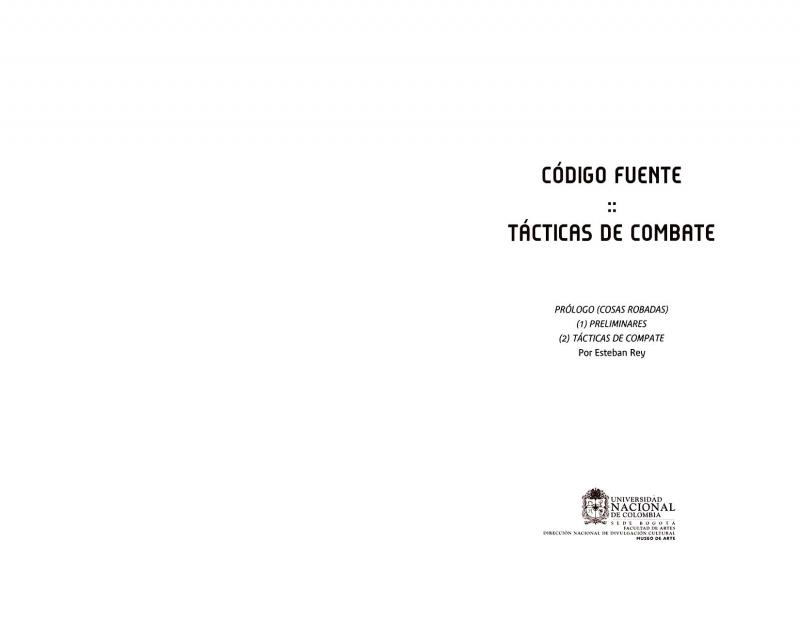In 1998 and 1999, North American artist and community organizar Suzanne Lacy (b. 1945), Colombian anthropologist Pilar Riaño, and the Corporación Región developed the project Piel de la Memoria in Comuna 13 of Medellín [see “Encuentros artísticos con el dolor, las memorias y las violencias,” doc. no. 1091786]. The aim of the initiative was to reconstruct life stories and gather meaningful objects that spoke of the violent situations experienced by the community. The work itself consisted of presenting those stories and objects at a mobile museum that would move around the neighborhood, a museum that was open to the public and created by the community itself. Lacy and Riaño’s project then proposed a mechanism—one highly usual in its context—by which artistic processes and social practices were linked. Piel de la Memoria is an extremely important event in the history of symbolic actions in response to the crisis in collective memory and in civil rights in Colombia, which to a large extent are due to how it constructs poetics on the armed conflict and the history of social participation in Colombian art.
In “Hacer arte público: como memoria colectiva, como metáfora y como acción,” Lacy formulates the notions and artistic strategies that had been deployed in Piel de la Memoria. Lacy’s text is in dialogue with Pilar Riaño’s “Encuentros artísticos con el dolor, las memorias y las violencias.” The notions formulated here are also presented in Mapping the Terrain: New Genre Public Art, which discusses the relationship between art and community processes in Europe and the United States, and how logics of social intervention operate in art today. It is possible to discuss artistic practices in connection to social processes in Colombia owing to the contributions of Rolf Abderhalden [see “Pequeño Laboratorio del Imaginario Social,” doc. no. 1094236]; Raúl Cristancho [see “Ciudad Kennedy: Memoria y realidad,” doc. no. 1098571]; and Esteban Rey [see “Tácticas de Combate,” doc. no. 1134273], among others.




